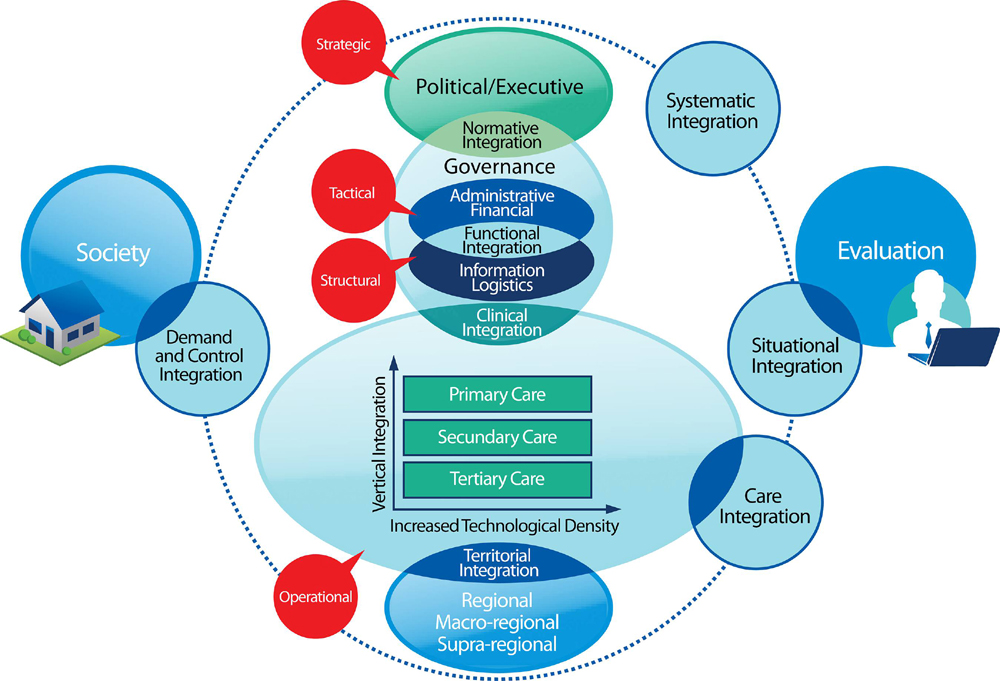Principles in Integrative Chiropractic
SOURCE: J Manipulative Physiol Ther. 2003 (May); 26 (4): 254–272
J.Michael Menke, DC
Program in Internal Medicine,
University of Arizona,
Tucson 85719, USA.
As the public acceptance of chiropractic continues to grow in the United States, [1-3] the private practice chiropractor may find opportunities for formal inclusion in the fast growing integration of complementary and alternative medicine (CAM) into health care delivery. The ability of chiropractors to respond confidently to integration into the overall health care system may be the next step in gaining access to more patients and improving the health care quality.
This necessity for chiropractors to become part of the evolving health care system and still maintain a strong chiropractic identity will be essential, since chiropractic’s value lies in cultivating and delivering the very elements that have made it so high in patient satisfaction: emphasis on biomechanics, manual therapy of the spine, good patient rapport, and strong patient-physician bond. [4, 5] However, there are several barriers to integration: consumer, medical, and chiropractic itself.
There are more articles like this @ our:
The Full-Text Article:
Introduction
As the public acceptance of chiropractic continues to grow in the United States, [1-3] the private practice chiropractor may find opportunities for formal inclusion in the fast growing integration of complementary and alternative medicine (CAM) into health care delivery. The ability of chiropractors to respond confidently to integration into the overall health care system may be the next step in gaining access to more patients and improving the health care quality.
This necessity for chiropractors to become part of the evolving health care system and still maintain a strong chiropractic identity will be essential, since chiropractic’s value lies in cultivating and delivering the very elements that have made it so high in patient satisfaction: emphasis on biomechanics, manual therapy of the spine, good patient rapport, and strong patient-physician bond. [4, 5] However, there are several barriers to integration: consumer, medical, and chiropractic itself.
Consumer concerns are related to issues of safety and possible side effects, a perceived lack of science, and the public’s reliance on medical physicians for primary advice on health and chiropractic. [6] Medical physicians are also concerned about the lack of science, competitive roles between themselves and the chiropractor, malpractice issues, and quality of care. [2, 7] Medical groups are more concerned with the business issues of economics and cost benefit [8] in incorporating chiropractic. Chiropractors are more likely concerned about losing autonomy and professional status and create barriers through their interprofessional communication.
Integration of all complementary and alternative medicines, including chiropractic, is now occurring in hospitals and medical groups throughout the United States. [9, 10] Medicine is becoming proactive on the issue and offering courses in medical schools on CAM, which include information on chiropractic. [11, 12] Some medical physicians have expressed interest in learning chiropractic technique, [13] although there is evidence that incorporating spinal manipulation into medical practice would more than double patient contact time, [14] is inconsistent in quality of application, and yields equivocal results. [15] Indeed, in the United Kingdom, 20% of general medical practices already include a complementary therapy, primarily chiropractic, osteopathy, and acupuncture. [16] In the United States, hospital-based CAM programs increased by 33% between 1998 and 1999. [6] Chiropractic is among the top 3 CAMs because of patient popularity, income, and potential health care savings. [6, 17]
Health service journals and consultants are encouraging their hospital and medical group clients to enter this fast growing and potentially lucrative segment of the health care market. [9, 10] Unless chiropractors become proactive in creating their place in an integrated system; however, they could find themselves assigned to limited roles within this new system, akin to physical therapy. Alternatively, chiropractors could prepare themselves to take advantage of integration as an opportunity to benefit their patients and their professional growth. [18] In the first scenario, chiropractic’s destiny is left to managed care and medicine; in the second, destiny is in the hands of chiropractors.
Read the rest of this Full Text article now!







Leave A Comment